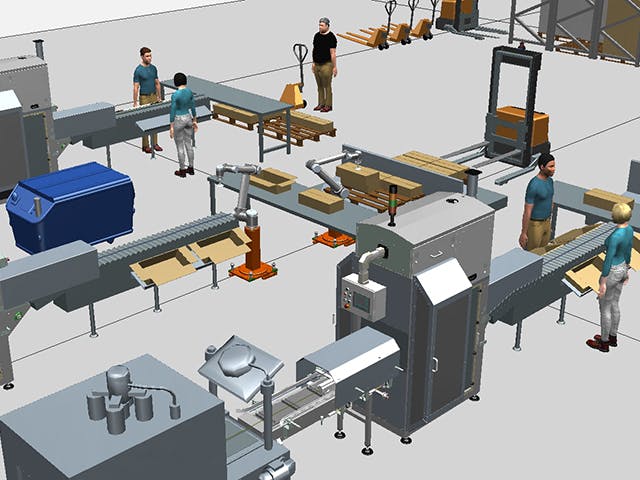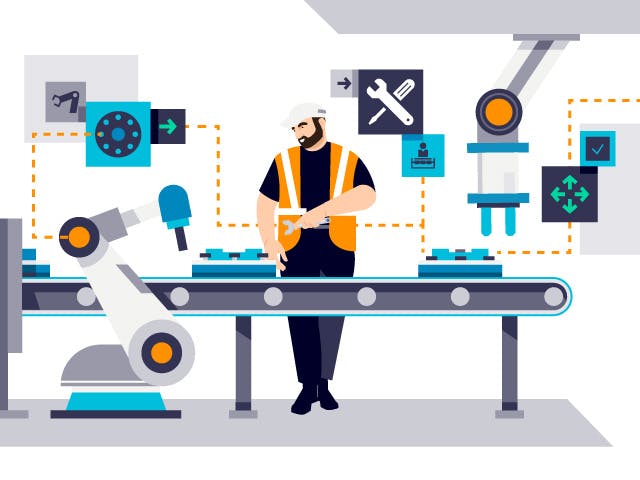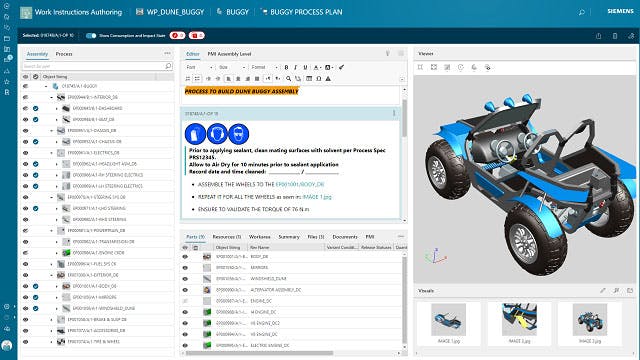Eine Prozessliste (BOP) beschreibt den geplanten Produktionsansatz für ein bestimmtes Produkt. Sie enthält eine Best-Practice-Vorlage für die Herstellung jedes fertigen Produkts. Die Prozessliste listet die Konfigurationen der Produktionslinie, Werkzeuge, Maschinen und Geräte auf, die für die Herstellung des Produkts erforderlich sind. Die Prozessliste enthält auch die elektronischen Arbeitsanweisungen (EWI), in denen die Erstellung erläutert wird. Die Prozessstücklisteninformationen ergänzen die Fertigungsstückliste (MBOM) oder Fertigungsstückliste, in der die Materialien und Komponenten aufgeführt sind, die für die Herstellung des Produkts erforderlich sind.
Vor der Entwicklung von Product-Lifecycle-Management-Software (PLM) wurde die Prozessliste manuell auf Papier oder in isolierten elektronischen Dokumenten erstellt. Jede Änderung an einem Produkt und/oder seinen Herstellungsprozessen erforderte eine manuelle Aktualisierung der Stückliste, der Fertigungsstückliste und der elektronischen Arbeitsanweisungen – ein ineffizienter und fehleranfälliger Prozess, dem es sowohl an Transparenz als auch an Skalierbarkeit mangelte.
Moderne PLM-Systeme generieren eine Prozessliste innerhalb einer integrierten Fertigungsprozessplanungssoftware . Diese integrierte Funktion ermöglicht es, Änderungen schnell in der Prozessliste widerzuspiegeln – und sofort an den Shopfloor zur Implementierung zu kommunizieren. Die Prozessliste kommuniziert den Produktionsplan an die Manufacturing Operations Management (MOM)-Lösung, insbesondere an das Manufacturing Execution System (MES), um die Umsetzung des Plans zu steuern und zu orchestrieren.
Verwandte Produkte: Teamcenter Easy Plan | Tecnomatix



